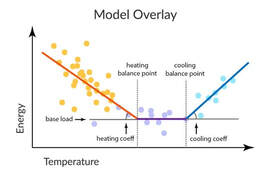key concepts regarding metered savings 
Video of the June 05, 2020 Meeting: Comparison WG VIDEO - 2020-06-05 Slides from the June 05, 2020 Meeting (cumulative): Comparison WG SLIDES - 2020-06-05 Chat Record from the June 05, 2020 Meeting: Comparison WG Chat - 2020-06-05
1 Comment
|
Archives
March 2024
Categories |

 RSS Feed
RSS Feed
